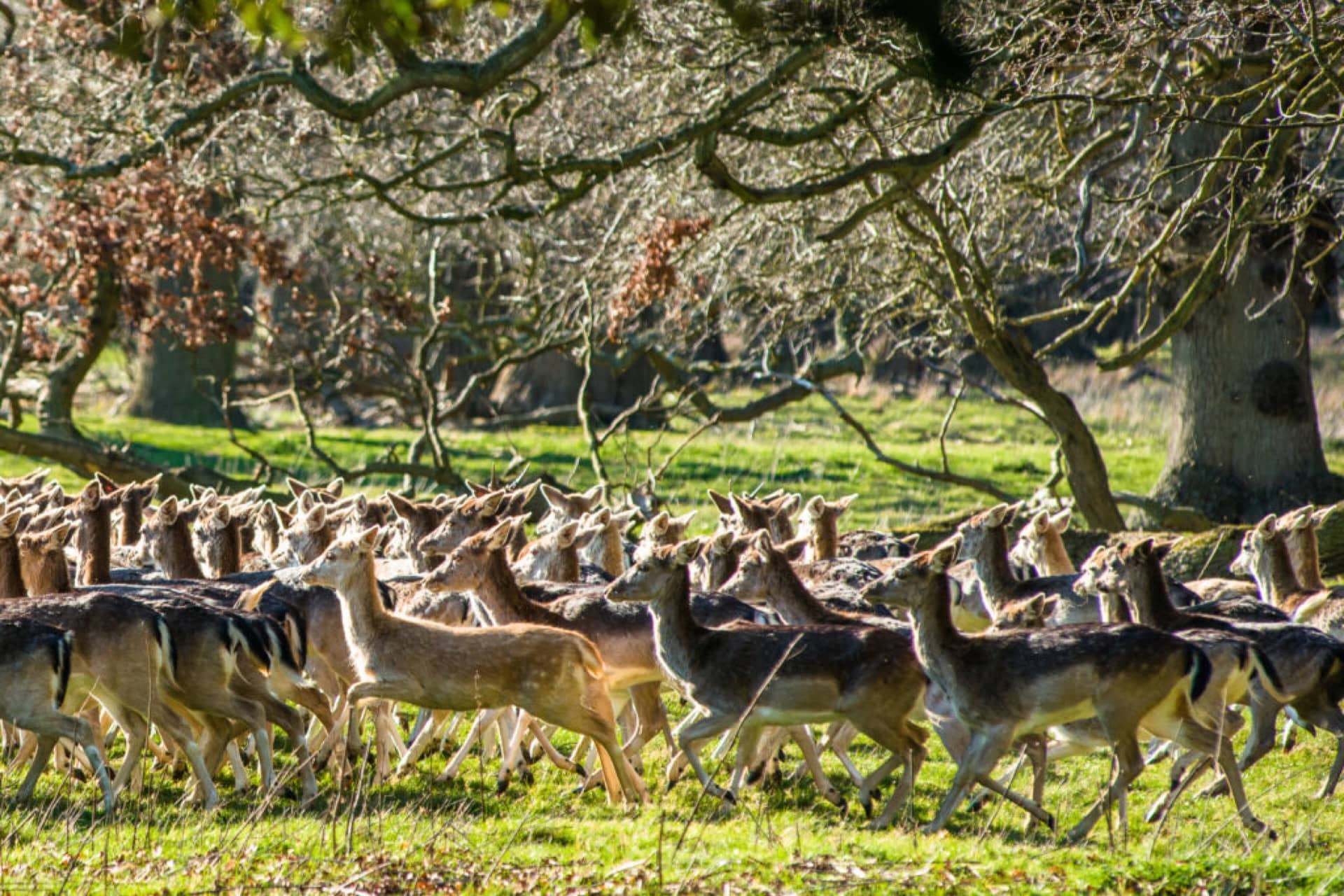There are some fabulous walks in West Norfolk. But once these rolling fields were very different. An open heathland of heather and gorse stretched from King’s Lynn to Holkham, considered a ‘waste’, good for little but rabbits and sheep. Pubs named ‘The Woolpack’ or ‘The Lamb’ recall the ancient the wool trade, but that was before the 18th and 19th centuries, when Norfolk became the wellspring of the Agricultural Revolution.
Gentlemen farmers like Charles ‘Turnip’ Townshend, the Walpoles at Houghton and Thomas Coke, 1st Earl of Leicester, at Holkham, innovated what’s now known as the Norfolk four-course system of crop rotation. It greatly increased yields by allowing the land to rest, improving soil fertility instead of exhausting it by repetitive planting of the same crop. They also experimented with sheep and cattle, breeding massive animals for size and weight. Norfolk’s heathlands were (controversially) enclosed and transformed into productive farmland by marling, ploughing, fencing and building new model farms to reduce waste. Back then it was all about feeding the nation; today good soil care is part of tackling climate change.
And Holkham Estate is again setting the pace, proving profitable food production goes hand in hand with successful wildlife conservation. Tom Coke, the 8th Earl, is as passionate as his ancestor, part of a new generation of Improvers, with environmental stewardship and regenerative farming to the fore. Find out more in the beautifully written memoir ‘Land Healer’ by Jake Fiennes, conservation manager at Great Farm on the Holkham Estate.


